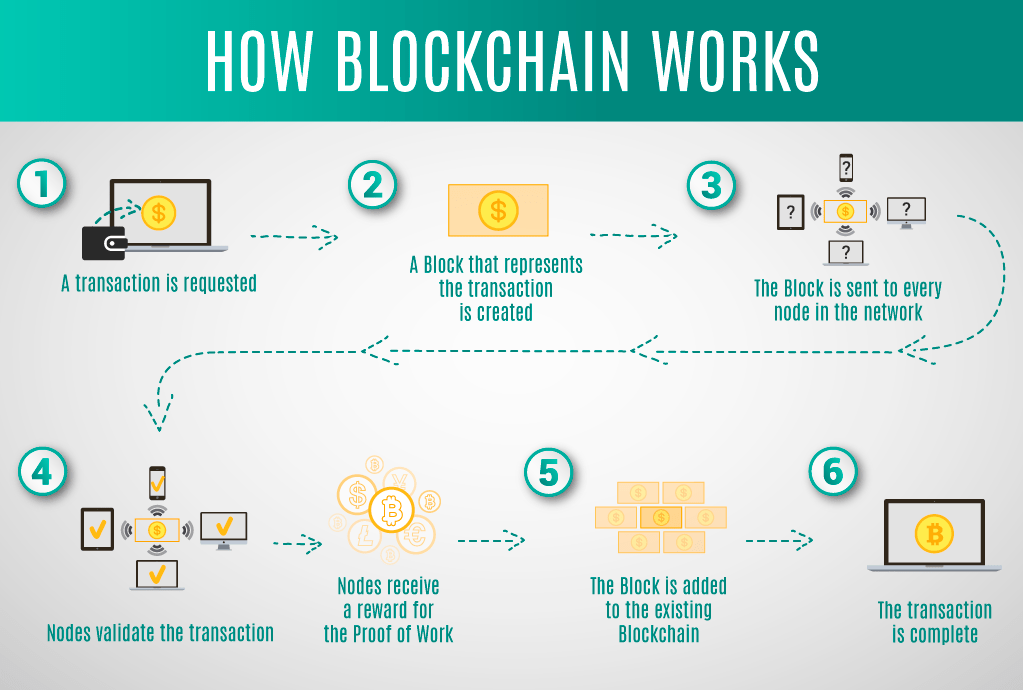
What is Blockchain Technology? A Simple Explanation
- 0
Blockchain technology is a revolutionary concept that has been gaining widespread attention in recent years. Originally created for the digital currency Bitcoin, blockchain has evolved into a versatile technology that has the potential to transform various industries. In this article, we will provide a simple explanation of what blockchain technology is and how it works.
The Basics of Blockchain
At its core, blockchain is a decentralized, distributed ledger that records transactions across multiple computers. Each transaction is recorded as a “block” of data, which is then linked to previous blocks, creating a chain of blocks. This chain of blocks is securely encrypted, making it tamper-proof and transparent.
How Does Blockchain Work?
Blockchain technology allows for peer-to-peer transactions without the need for a central authority, such as a bank or government. When a new transaction is initiated, it is broadcast to a network of computers, known as nodes. These nodes validate the transaction using complex mathematical algorithms and add it to the blockchain if it is deemed legitimate.
Benefits of Blockchain Technology
There are several key benefits of blockchain technology, including:
Security: Due to its decentralized nature and encryption, blockchain is highly secure and resistant to hacking.
Transparency: All transactions on the blockchain are visible to anyone with access, ensuring transparency and accountability.
Efficiency: Blockchain streamlines the transaction process by eliminating intermediaries and reducing the time and cost of transactions.
Traceability: Each transaction on the blockchain is timestamped and linked to previous transactions, allowing for easy tracking and tracing of assets.
Use Cases of Blockchain Technology
Blockchain technology has a wide range of applications across various industries, including:
Finance: Blockchain is revolutionizing the financial industry by enabling secure and efficient transactions, reducing fraud, and improving transparency.
Supply Chain Management: Blockchain is being used to track and trace products throughout the supply chain, ensuring authenticity and improving efficiency.
Healthcare: Blockchain is being used to securely store and share patient records, ensuring privacy and data security.
Smart Contracts: Blockchain enables the creation of self-executing contracts that automatically execute when predefined conditions are met.
Conclusion
In conclusion, blockchain technology is a groundbreaking innovation that has the potential to revolutionize the way we transact and interact online. Its decentralized and secure nature makes it an ideal solution for various industries looking to improve efficiency, transparency, and security. As blockchain continues to evolve, we can expect to see even more exciting applications and advancements in the near future.

